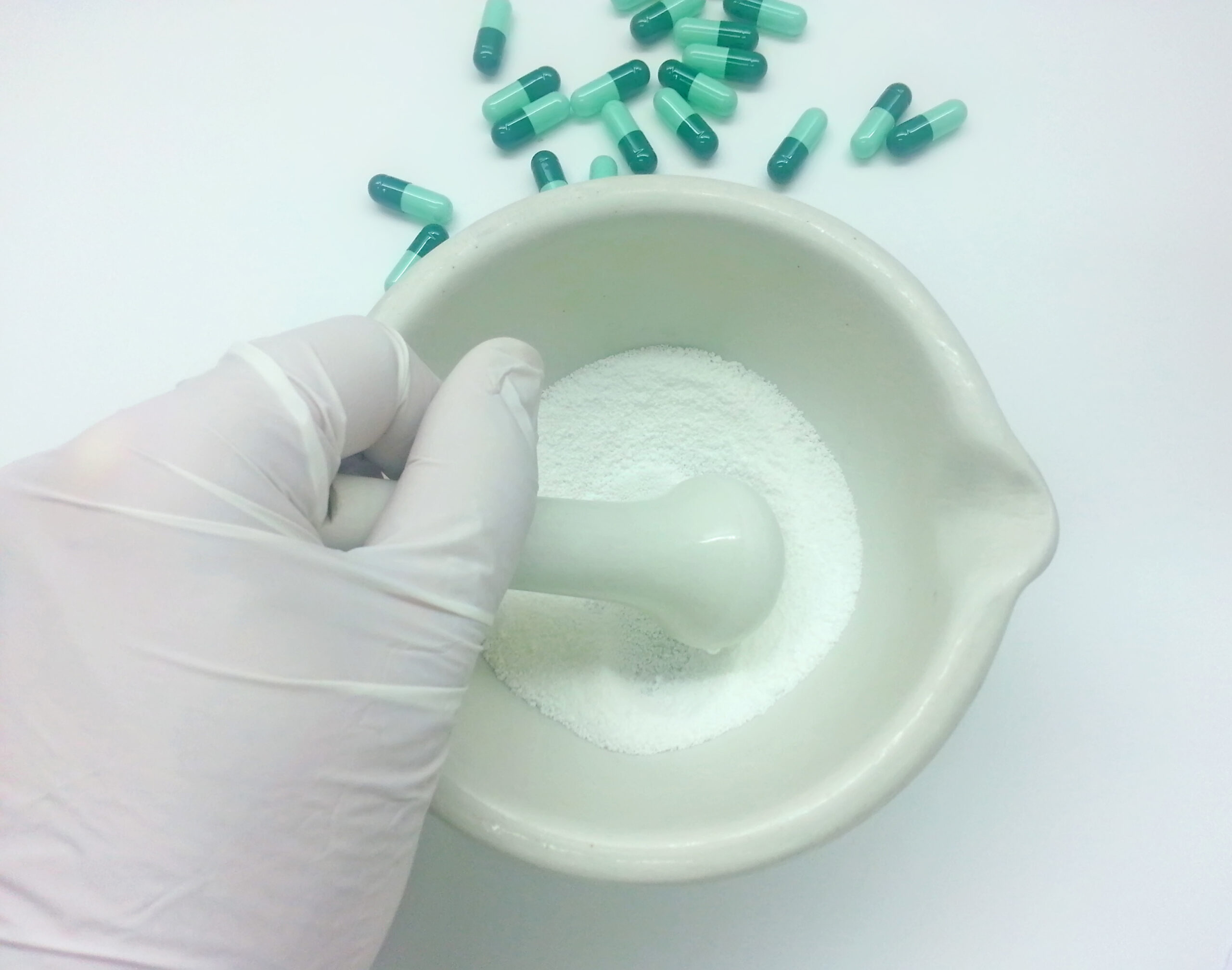Last week, the FDA has announced the availability of two draft Guidances for Industry regarding compounding of human drugs:
- Interim Policy on Compounding Using Bulk Drug Substances Under Section 503B of the Federal Food, Drug, and Cosmetic Act (here); and
- Interim Policy on Compounding Using Bulk Drug Substances Under Section 503A of the Federal Food, Drug, and Cosmetic Act (here).
These replace the two January 2017 Guidances with the same names.
An outsourcing facility is defined as a facility at one geographical location that is engaged in the compounding of sterile drugs (it may also compound non-sterile drugs), has elected to register as an outsourcing facility, and complies with all the requirements of Section 503B of the FD&C Act.
State-licensed pharmacists and physicians are regulated by the state in which they operate and are required to meet USP and state requirements and regulations.
Upon review, there are many similarities and a few differences for Outsourcers and the traditional Pharmacy and Physician Compounders.
By regulation of the 2013 Drug Quality and Security Act (Section 503B(a)(2)(A)(i) and Section 503A(b)(1)(A)(i)), the Secretary of Health and Human Services was required to develop lists of bulk drug substances (the 503B bulks list and 503A bulks list) approved for compounding. In the Federal Register of October 27, 2015 (80 FR 65770), the FDA established a docket where new nominations for bulk drug substances could be submitted with supporting information.
As part of the process for developing the lists, the FDA created three categories of bulk drug substances. The current categorizations of bulk drug substances posted on the FDA’s website are the same for 503B and 503A entities:
- 503B and 503A Category 1 – Substances Nominated for the Bulks Lists Currently Under Evaluation: These substances may be eligible for inclusion on the 503B and/or 503A bulks lists, were nominated with sufficient supporting information for the FDA to evaluate them, and do not appear on any other list.
- 503B and 503A Category 2 – Substances Nominated for the Bulks Lists That Raise Significant Safety Risks: These substances were nominated with sufficient supporting information to permit the FDA to evaluate them, and they may be eligible for inclusion on the 503B and/or 503A bulks lists. However, the FDA has identified significant safety risks relating to the use of these substances in compounding, pending further evaluation, and, therefore, does not intend to adopt the policy described for the substances in Category 1.
- 503B and 503A Category 3 – Substances Nominated for the Bulks List Without Adequate Support: These substances may be eligible for inclusion on the 503B and/or 503A bulks lists but were nominated with insufficient supporting information for the FDA to evaluate them. These substances can be renominated with sufficient supporting information.
The FDA intends to stop categorizing nominated bulk drug substances as Category 1, 2, or 3 after finalization of these Guidances.
Both Guidances state that the FDA will not change its policy with respect to bulk drug substances nominated for inclusion on either of the bulks lists for 503B and 503A after finalization of these Guidances.
Why is this important for avoiding regulatory action from the FDA?
Under Section 503B of the FD&C Act, an outsourcing facility may only compound using bulk drug substances that are on the FDA’s 503B bulks list or that are used to compound drugs that appear on the shortage list in effect under Section 506E of the FD&C Act at the time (within sixty days) of compounding, distribution, and dispensing.
For 503B and 503A compounding, bulk drug substances must also meet the requirements that, if a monograph (USP/NF) exists, the bulk drug substance complies fully with the monograph, it must be manufactured in an establishment registered under the FD&C Act, and it must be accompanied by a valid certificate of analysis.
Under Section 503A of the FD&C Act, a state-licensed pharmacist or a licensed physician may only compound using bulk drug substances that are on the 503A list or that comply with the standards of a USP or NF monograph (if a monograph exists) and the USP chapter on pharmacy compounding, or, if a monograph does not exist, are drug substances that are components of drugs approved by the Secretary (NDA or ANDA).
Current regulations do not allow for compounding with bulk drug substances that do not meet the above requirements.
Since the FDA does not want to disrupt patient treatment while it is considering currently nominated bulk drug substances that have sufficient supporting data and historical information for inclusion on lists, the FDA will use its enforcement discretion (meaning that it does not intend to take regulatory action) for 503B and 503A compounding using bulk dug substances in Category 1 of the FDA lists and that meet the other requirements listed above.
As part of the Agency’s ongoing efforts to ensure patient access to drugs, the FDA is continuing to develop and evaluate bulk drug substances for the 503B and 503A bulk lists.
Even though 503B and 503A entities live by separate compounding rules, regulations, and guidances, it should be noted that there is a “Do no compound list” updated April 2019 (21 CFR section 216.4) that identifies approximately eighty-four substances that may not be compounded under either Section 503A(a) or Section 503B(a).
These Guidance documents are being distributed for comment purposes only. Comments and suggestions should be submitted within thirty days of publication of the Federal Register notice announcing the availability of the draft Guidances.




